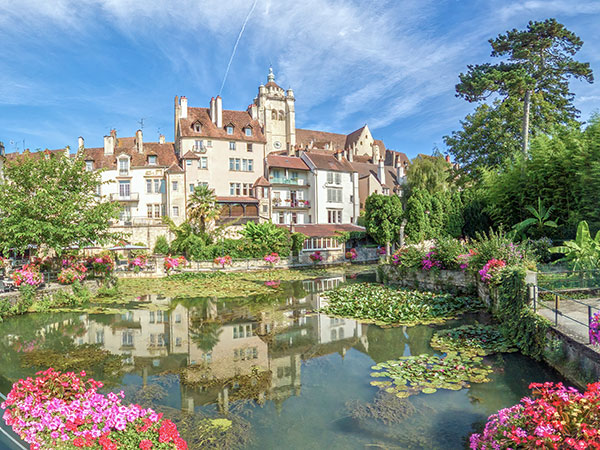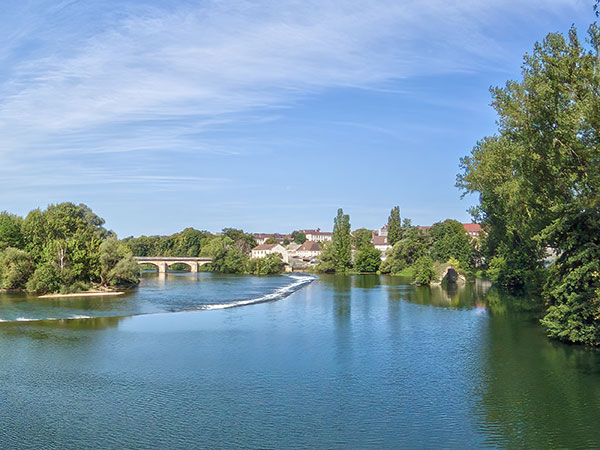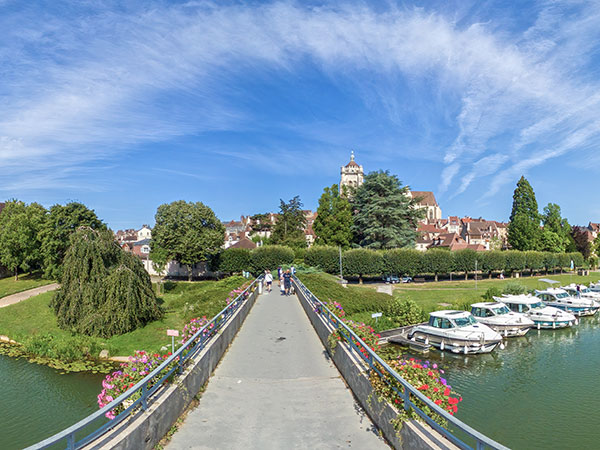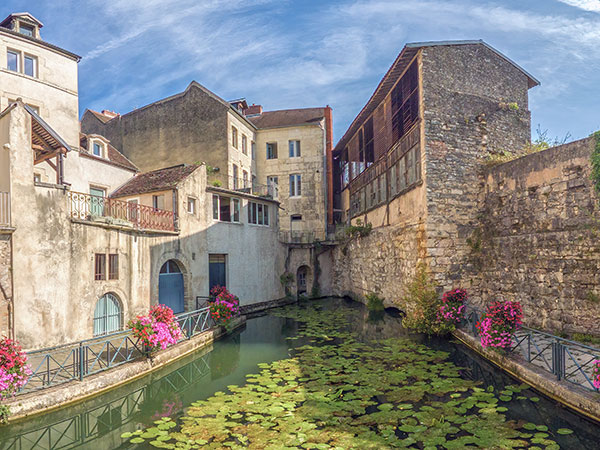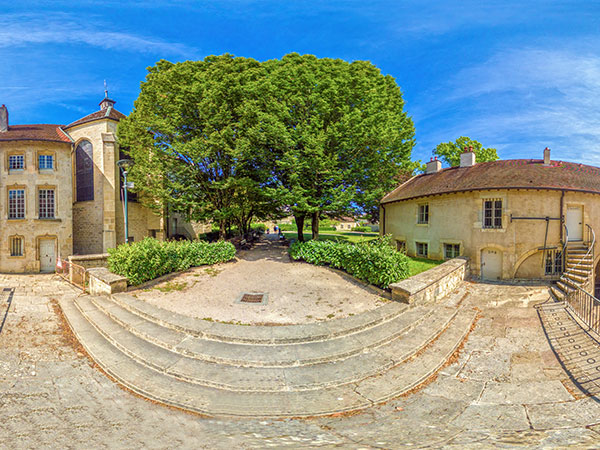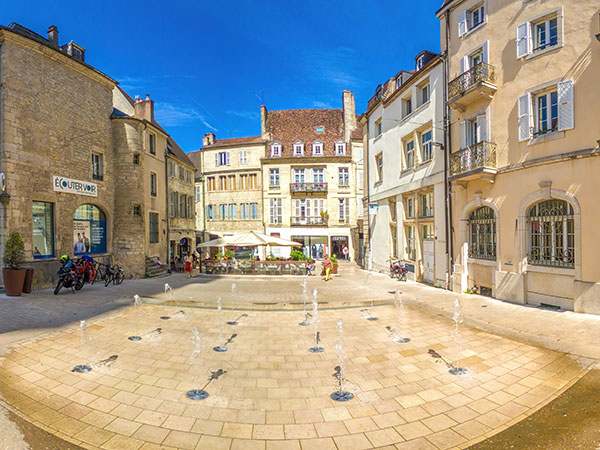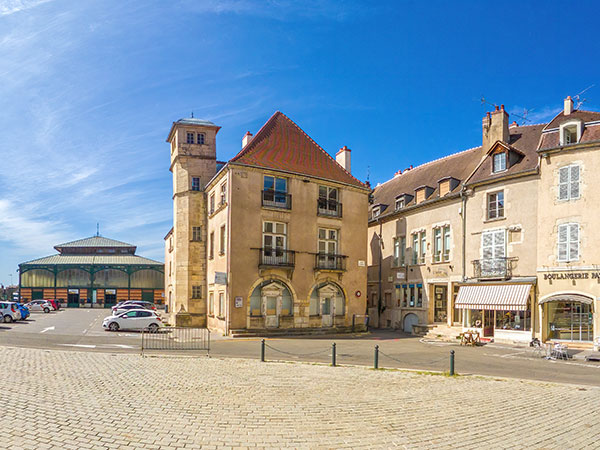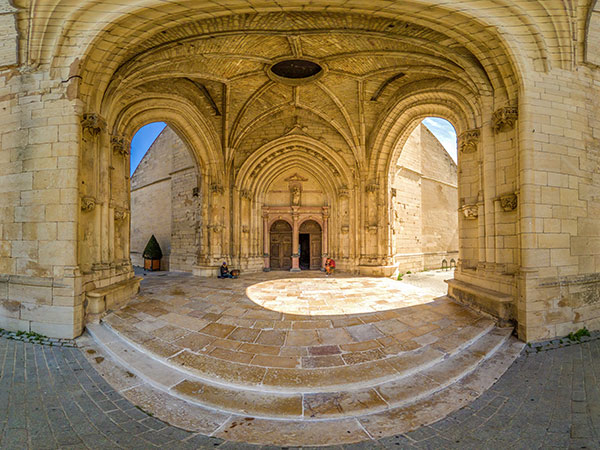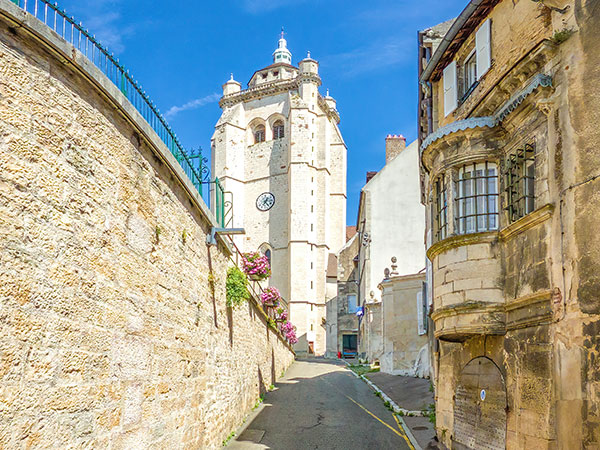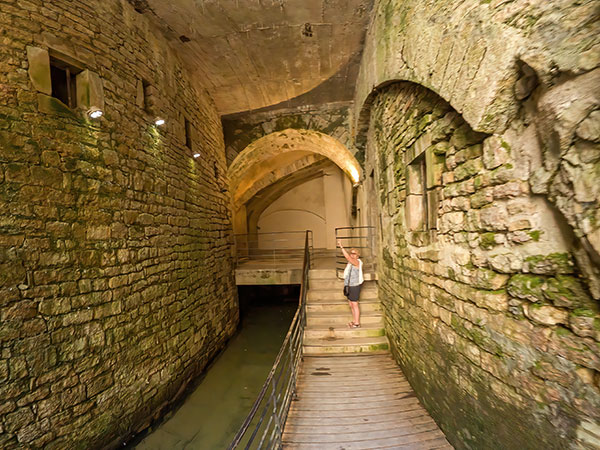Dole is located on the banks of the Doubs in the Jura department. It is part of the cultural and historical region of Franche-Comté, of which it was the capital until 1676, when the region was part of the county of Burgundy. Its well-renewed old town is superb and well worth a visit.
Dole, which has a population of just over 23,000, is the birthplace of Louis Pasteur and Hubert-Félix Thiéfaine. The house where Louis Pasteur was born was listed as a historic monument in 1923 and houses a museum dedicated to the memory of the famous researcher. The singer Thiéfaine, still very much alive, has not yet had this honour...
In the 18th century, Dole was at the heart of the project to connect the North Sea to the Mediterranean by digging the Rhône-Rhine canal. This canal, inaugurated in 1834, links the Saône, a navigable tributary of the Rhône, to the Rhine, via the Doubs valley and its extension in Upper Alsace to the Rhine, making it possible to sail from Marseille to Rotterdam.
Dole town centre is rich in historical heritage. Between the collegiate church, the picturesque streets, the old buildings and the canals, there's a lot to see.
An excellent way to discover the town is on the Chat Perché trail, named after Marcel Aymé's ‘Contes du chat perché’ (Tales of the perched cat). Arrows bearing the cat's image are embedded in the ground and guide you along the route. Enjoy your visit!
Useful links
French Region of
Bourgogne-Franche-Comté -
Wikipedia


